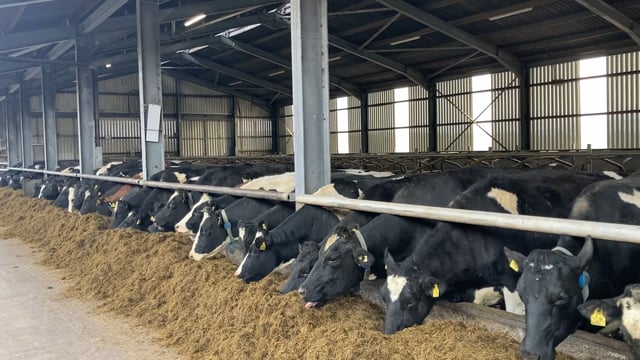Heifer died from lead poisoning after ingesting a battery - RVL
A heifer that died from lead poisoning after ingesting a battery that was discarded in a field where it was grazing was reported in the most recent Regional Veterinary Laboratories (RVL) report.
The RVL outlines details on the cause of death for cattle submitted to it for investigation across the country.
The Athlone RVL received the carcass of the 13-month-old heifer for examination, due to it displaying signs of neurological issues prior to death.
Upon examination, severe bruising and haemorrhaging of internal organs were identified.
Shiny, grey pieces were also found in the heifer's faeces, while toxic concentrations of lead were detected in the kidney and liver tissue.
Lead poisoning
The report outlined the clinical signs in which lead toxicity can present itself in cattle including: sudden death; blindness; poor limb coordination; teeth grinding; head pressing; and other neurological presentations.
Additionally, it highlighted that lead exposure can come from old batteries, old lead paint - either on surfaces or in tins - lead pipes, and bonfire ash, among others.
To avoid the risk of lead poisoning, Athlone RVL "have urged farmers to examine their fields and hedges for sources of lead before turning cattle out to pasture and before silage-making."
Ragwort
Separately, Kilkenny RVL investigated the death of a seven-year old cow that also showed signs of neurological issues prior to its death.
Kilkenny RVL concluded the cause of death was likely to be ragwort poisoning,
The autopsy discovered symptoms of ragwort poisoning such as bloating, and its liver was firm and severely scarred.
The report stated that most cases of ragwort poisoning in cattle occur over a period of weeks to months, but clinical signs can take up to 18 months to develop and there is no treatment for affected animals.
According to the report, diarrhoea with straining, jaundice, photosensitisation, bottle jaw, and neurological signs can be symptoms of poisoning.





